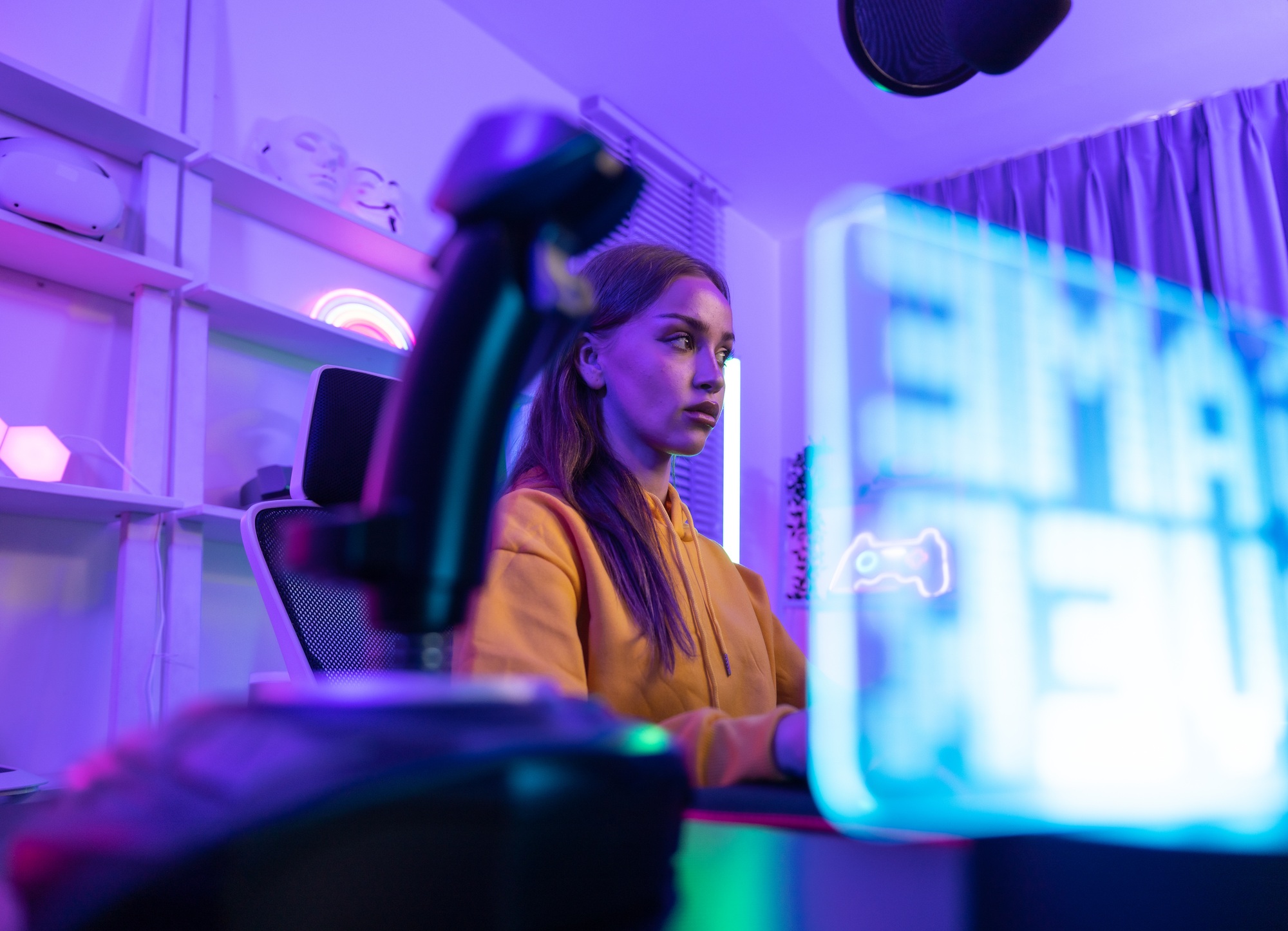In today’s digital age, AI-generated history videos are captivating millions with their slick visuals and rapid-fire storytelling. Yet beneath the surface of these viral creations lies a complex debate among historians, educators, and technologists about accuracy, accountability, and the ethical use of technology. This blog post delves into the evolution of AI in historical storytelling, the concerns it raises, and the emerging efforts to safeguard our understanding of the past.

The Rise of AI in Historical Storytelling
Artificial intelligence has rapidly transformed content creation. Today’s algorithms can sift through massive archives, merge historical footage with computer-generated imagery, and produce engaging narratives in a matter of minutes. These videos offer a fresh, dynamic way to experience history, making once-dry details accessible and visually compelling. However, the speed and automation that drive these productions often come at the expense of scholarly rigor. Without the careful curation typical of traditional documentaries, AI-generated content can sometimes blend fact with fiction, prioritize entertainment over accuracy, and omit the nuance that is essential to true historical understanding.
Historians’ Concerns: Oversimplification and Misinformation
Leading historians and experts warn that many of these digital narratives lack the depth and verification processes required for reliable historical reporting. Several issues have emerged:
- Lack of Context: Many videos reduce complex events to simple narratives, ignoring the intricate socio-political and cultural factors that shape history.
- Risk of Misinformation: Without rigorous fact-checking, AI-generated videos can propagate inaccuracies that mislead viewers, reinforce stereotypes, or even fuel conspiracy theories.
- Accountability Challenges: When misleading content goes viral, questions arise about who is responsible—the content creator, the developers behind the AI, or the platforms that distribute these videos.
In addition to these concerns, experts note that the datasets used by AI can be biased or incomplete, which may lead to skewed interpretations of historical events.
Emerging Safeguards and Educational Initiatives
Despite the risks, AI also holds promise for advancing historical research. When paired with human oversight, AI can help historians uncover hidden patterns, digitize rare archives, and make history more accessible. Recognizing the potential benefits alongside the dangers, a growing number of institutions and educators are collaborating on initiatives to:
- Develop Guidelines: Creating standardized protocols for AI-generated content ensures that digital narratives are fact-checked and grounded in reliable sources.
- Promote Digital Literacy: Workshops and educational programs are equipping the public with skills to critically evaluate online historical content and distinguish between fact and fiction.
- Enhance Fact-Checking: Social media platforms and independent organizations are increasingly using both human expertise and AI tools to monitor and verify the accuracy of viral historical videos.
These proactive measures aim not only to curb misinformation but also to harness AI’s potential as a transformative tool for historical scholarship.
The Broader Impact on Public Discourse
The digital revolution in historical storytelling has far-reaching implications. Viral AI-generated videos shape public memory and influence how societies engage with their past. In an era marked by rapid information exchange, the challenge lies in balancing innovation with intellectual integrity. The evolving landscape calls for a collaborative approach—one that includes historians, educators, technologists, and media platforms—to ensure that our collective understanding of history remains accurate, inclusive, and deeply contextualized.

Frequently Asked Questions (FAQs)
1. What exactly are AI-generated history videos?
AI-generated history videos use artificial intelligence to combine historical data, archival footage, and computer-generated imagery into dynamic narratives. While they can make history more engaging, they often lack the depth and verification of traditional research.
2. Why are experts and historians particularly concerned about these videos?
The primary concerns revolve around oversimplification and the spread of misinformation. Without proper fact-checking and scholarly oversight, these videos can distort historical events by omitting context, reinforcing stereotypes, or presenting biased interpretations.
3. How can viewers verify the historical information presented in these videos?
Audiences are encouraged to cross-reference details with reputable sources, such as academic publications, established historical institutions, and trusted news outlets. Developing strong digital literacy skills—like questioning sources and seeking multiple perspectives—is essential for discerning accurate historical content.
As we navigate this new era of digital storytelling, balancing innovation with accuracy remains a shared responsibility. By staying informed and critically engaged, we can appreciate the creative potential of AI while safeguarding the integrity of our historical narrative.
Sources BBC


